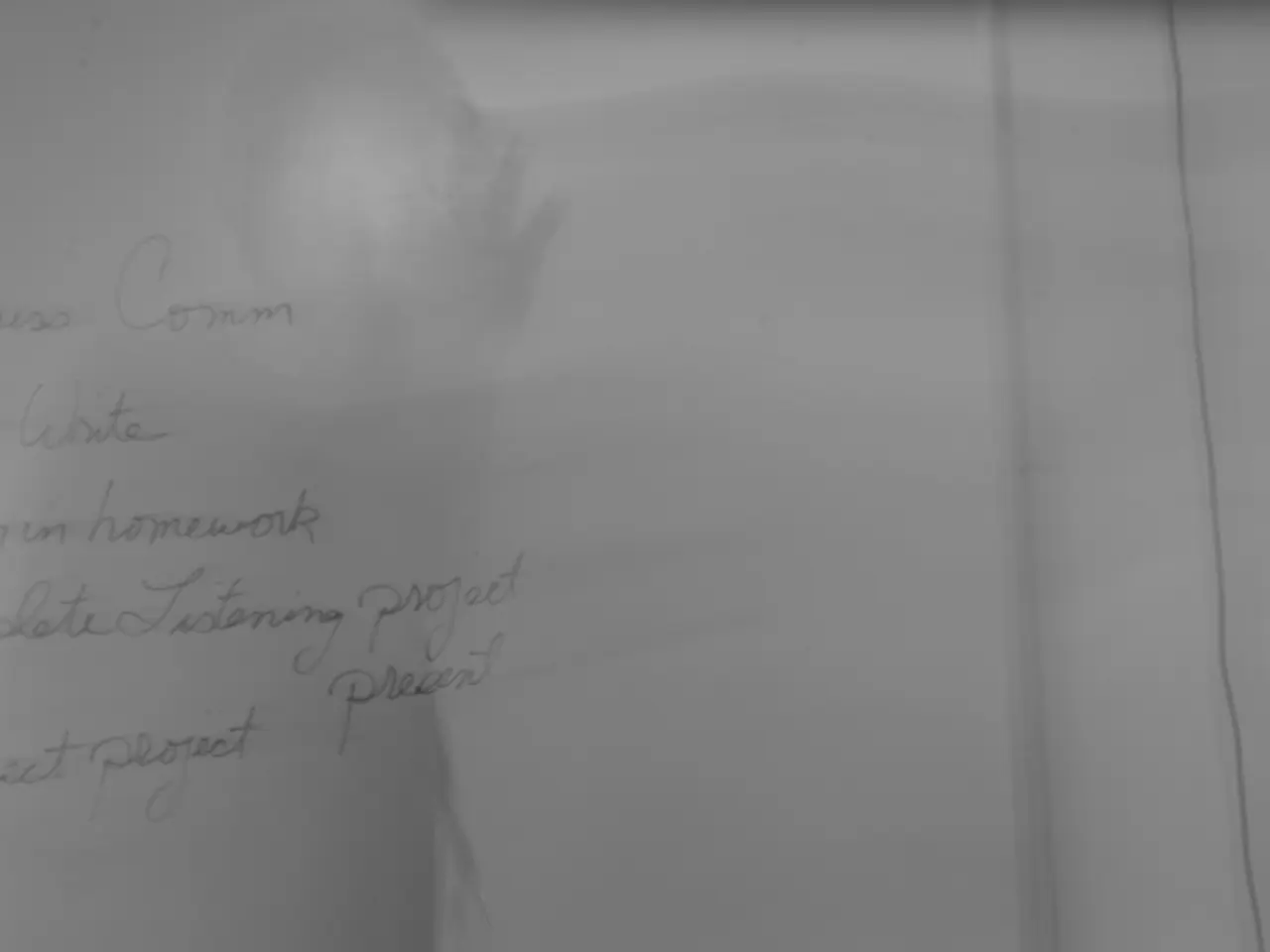High-stakes divorce case of a wealthy ex-banker from UBS heads to the Supreme Court of the United Kingdom.
The Standish Divorce Saga: Tax Planning Schemes and the Multimillion-Dollar Question
The high-profile divorce battle of a wealthy former UBS executive and his ex-wife climbs the ranks as it lands at the UK's highest court - the Supreme Court. Clive Standish, a renowned Swiss banker, is locked in a battle over a £132 million fortune, tied to a tax planning scheme – with the main point of contention being £80 million in assets.
Clive Standish, a former chief financial officer at UBS, divorced Anna Standish in 2020. The couple had two children and lived in Australia, Switzerland, and London. The ex-couple's legal strife revolves around money and assets, with the issue set to be heard at the Supreme Court this Wednesday.
According to court documents, Clive Standish sought to avoid inheritance tax in 2017 by transferring £77 million worth of assets to his wife Anna. However, Anna allegedly failed to transfer these assets into a trust as advised, ultimately leading to divorce proceedings.
The £80 million at the heart of the dispute has been the major stumbling block in the couple's legal standoff. Clive Standish asserts that the majority of these assets were non-marital assets. In 2022, Mr Justice Moor held that these assets were marital property and divided them 60/40 in Clive's favor, awarding Anna assets worth £45 million and ordering her to transfer the other assets she owned to Clive.
Last year, at the Court of Appeal, the judges ruled that the assets transferred to Anna were not transformed into matrimonial property. Moreover, Anna's total award was reduced by 40 percent to £25 million. Now, Anna, who is represented by celebrity divorce lawyer Fiona Shackleton, is seeking to overturn the Court of Appeal's decision before the Supreme Court on Wednesday and Thursday.
Amy Radnor, a partner at Farrer & Co, states, "The 'Standish' case is about the ultra-wealthy, but it's also a case where the principles involved are relevant to everyone." The implications of this case are far-reaching, potentially affecting asset division across the UK and the global common law jurisdictions.
The Standish v Standish case raises critical questions about the handling of pre-marital assets and tax-driven transfers during divorce proceedings. Here's a deeper look at the potential implications and possible outcomes:
- Clarification of "Matrimonialisation": The case questions whether assets transferred during marriage (in this case, £80 million moved to Anna in a 2017 tax scheme) automatically become "matrimonial property" subject to equal sharing. The Court of Appeal decided that the source of these assets (Clive's financial career) matters more than ownership, reversing the trial judge's earlier "matrimonialisation" finding.
- Tax Planning Risks: The case sheds light on how tax mitigation strategies, such as transferring assets to a spouse, may backfire if courts later treat such transfers as matrimonial property, creating uncertainty for wealth management in marriages.
- Sharing Principle Scope: The Supreme Court's decision could redefine how courts apply the "sharing principle" – the concept that marital wealth should be divided equitably based on contributions during marriage.
If Anna Standish succeeds, the Supreme Court could reinstate the original £45 million award, confirming that intentional asset transfers during marriage (even for tax reasons) make wealth subject to equal division. On the other hand, if Clive Standish prevails, the Court would affirm the Court of Appeal's £25 million award, stressing that pre-marital wealth remains non-marital unless explicitly commingled through joint use or investment.
The ruling could have far-reaching implications, particularly for high-net-worth individuals with significant pre-marital or inherited wealth. However, the principles at stake apply to all divorcing couples, making the Standish case a landmark case for modern asset division. The Supreme Court's decision, expected later this year, will provide much-needed clarity on these issues.
- If the Supreme Court reinstates Anna Standish's original £45 million award, it could establish that intentional asset transfers during a marriage, even for tax reasons, make wealth subject to equal division, providing clarity for high-net-worth individuals with significant pre-marital or inherited wealth.
- In the "Standish" case, the question of whether assets transferred during a marriage (like the £80 million Clive Standish moved to his wife Anna) automatically become "matrimonial property" subject to equal sharing is debated. The Court of Appeal decided that the source of these assets matters more than ownership, suggesting a need for clarification on the concept of "matrimonialisation".
- The Supreme Court's decision in the Standish v Standish case could redefine how courts apply the "sharing principle" – the concept that marital wealth should be divided equitably based on contributions during marriage, potentially impacting asset division for all divorcing couples.
- The Standish case highlights the risks of tax mitigation strategies, such as transferring assets to a spouse, as courts may later treat such transfers as matrimonial property, adding uncertainty to wealth management in marriages and potentially affecting asset division across the UK and other global common law jurisdictions.




